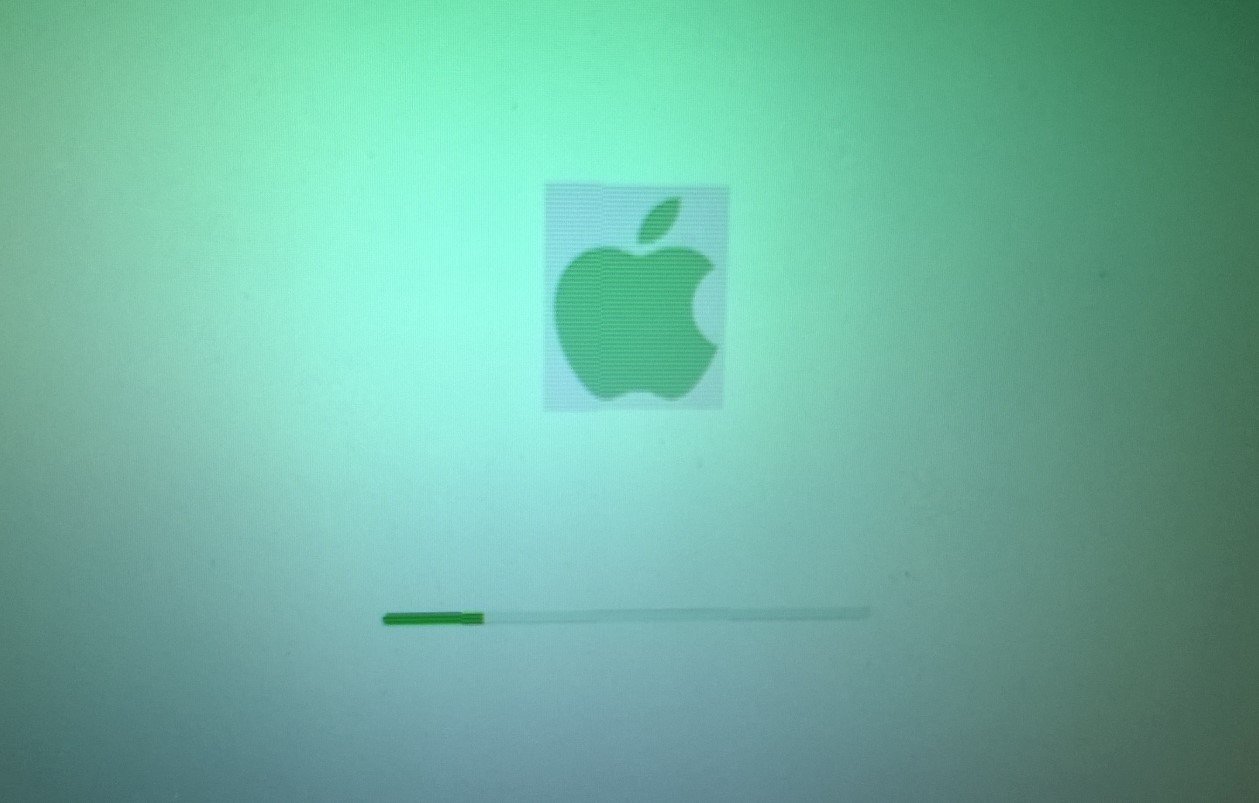News
These 3 Cryptocurrencies Could Outlast the Hype—and the Competition
Published
4 months agoon
By
Leela SehgalNot every coin is built to survive. But Bitcoin, Ethereum, and Chainlink? They’re not just another flash in the pan. These three have laid the foundation of the crypto economy—and they might just outlast everything else.
While meme coins come and go faster than you can refresh your price chart, these digital assets have already weathered bear markets, regulatory crackdowns, and endless Twitter drama. If you’re serious about crypto, these are the ones to keep your eye on. Or better yet, keep in your portfolio.
Bitcoin Isn’t Just a Coin—It’s a Statement
Sixteen years in, Bitcoin is still the headline act.
Originally launched during the 2008 financial crisis, Bitcoin was a direct response to broken trust in traditional finance. Its limited supply (just 21 million coins, ever) and decentralized nature made it an instant hit with libertarians, technologists, and eventually, institutional investors.
Today, it’s worth over $2.3 trillion, with a single coin trading above $116,000. That’s not just luck—it’s long-term conviction, and maybe a little bit of ideology too.
Michael Saylor, chairman of MicroStrategy, famously went all-in. He converted the company’s cash reserves into Bitcoin and doubled down with loans. Extreme? Absolutely. But his bullishness reflects something deeper: a belief that Bitcoin isn’t just an asset—it’s the future of money.
Of course, the coin isn’t without risk. It’s volatile, prone to 20% swings on a bad tweet. Still, a modest position in Bitcoin—whether directly, through an ETF like iShares Bitcoin Trust (IBIT), or indirectly via miners or holders—gives your portfolio a taste of the original crypto thesis.
Ethereum Brings Brains to the Blockchain
Bitcoin might be the poster child, but Ethereum is the one building the infrastructure.
Unlike Bitcoin, Ethereum isn’t just about transferring value—it’s about creating value. Through smart contracts, it allows developers to build decentralized applications that can do anything from issuing loans to selling digital art.
Think of Ethereum as the App Store of the blockchain world. And like Apple’s platform, it’s become a powerful gatekeeper.
At its current market cap of $449 billion, Ethereum is the second-largest cryptocurrency—and for good reason. Every NFT, DeFi protocol, and decentralized identity solution has Ethereum somewhere in its DNA.
What makes Ethereum especially fascinating is its evolving economics. There’s no fixed supply cap. Instead, the network balances issuance with coin “burning,” where transaction fees are destroyed to reduce inflation. Since its switch to Proof of Stake in 2022, it’s become more energy-efficient too.
But here’s the kicker: Ethereum actually earns revenue. Every time someone mints an NFT or trades a stablecoin, the network earns fees—making it more like a business than a commodity.
You’ve got two options if you’re looking to get exposure: buy ETH directly, or go with something like iShares Ethereum Trust (ETHA). Either way, you’re betting on a more functional, programmable crypto future.
Chainlink Might Be the Most Underrated Coin in the Market
Chainlink doesn’t get the same buzz as Bitcoin or Ethereum, but it’s arguably just as critical.
Why? Because smart contracts don’t work without data—and Chainlink is the one feeding that data in.
Say you want a smart contract that triggers a payment if a stock hits a certain price. Who tells the contract the current stock price? Chainlink does. It’s an oracle network, and while there are competitors like Bittensor and Pyth, none come close in size or reliability.
And just look at the numbers:
| Token | Market Cap | Core Focus |
|---|---|---|
| Chainlink (LINK) | $12.1B | Broad data oracles for smart contracts |
| Bittensor (TAO) | $3.6B | AI-based peer validation |
| Pyth Network (PYTH) | $724M | High-speed finance-focused oracles |
Chainlink is the infrastructure behind the infrastructure.
Sure, you can’t buy a Chainlink ETF (yet), and it’s not widely held on corporate balance sheets. But the product is irreplaceable. If Ethereum is the operating system, Chainlink is the internet connection.
In fact, many decentralized applications on Ethereum would stall out completely without it. Which makes it more than just a “cool project.” It’s essential.
Chainlink’s price is sitting at around $16.97, a far cry from its 2021 peak near $50. That might mean one thing: opportunity.
Why These Three Coins Still Matter in 2025
There’s a ton of noise in the crypto market—new coins, new platforms, new problems. But beneath all that is a small group of digital assets with staying power.
Bitcoin, Ethereum, and Chainlink aren’t just investments. They’re part of the infrastructure. The plumbing. The bedrock.
Some quick reasons why:
Bitcoin gives crypto a foundation of trust and scarcity.
Ethereum enables innovation and decentralized applications.
Chainlink delivers real-world data to make those applications work.
Take them out of the equation, and the crypto economy wobbles.
Investors who want to play the long game—without constantly checking the price of Shiba Inu or chasing the next Solana clone—would do well to consider these three. They’re not immune to volatility, but they’ve already proven something most cryptocurrencies never do: they’re actually useful.
And in crypto, usefulness tends to stick around.
Leela Sehgal is an Indian author who works at ketion.com. She writes short and meaningful articles on various topics, such as culture, politics, health, and more. She is also a feminist who explores the issues of identity and empowerment in her works. She is a talented and versatile writer who delivers quality and diverse content to her readers.

You may like

Mounting Consumer Spending Challenges Signal Investor Caution

Jimmy Kimmel Mourns Cleto Escobedo’s Sudden Death

Gemini Space Station Stock Crashes on Crypto Woes

DoorDash Data Breach Exposes User Info in October

David Coverdale Announces Shocking Rock Retirement

Toys “R” Us Canada Confirms Customer Data Leak After Cyber Attack

XRP Poised for Big Gains as Ripple Eyes SWIFT’s Global Payment Market

Hackers Turn RedTiger Into Data-Stealing Malware Targeting Discord Users

Millions of WordPress Sites Under Attack Through Old Plugin Flaws





